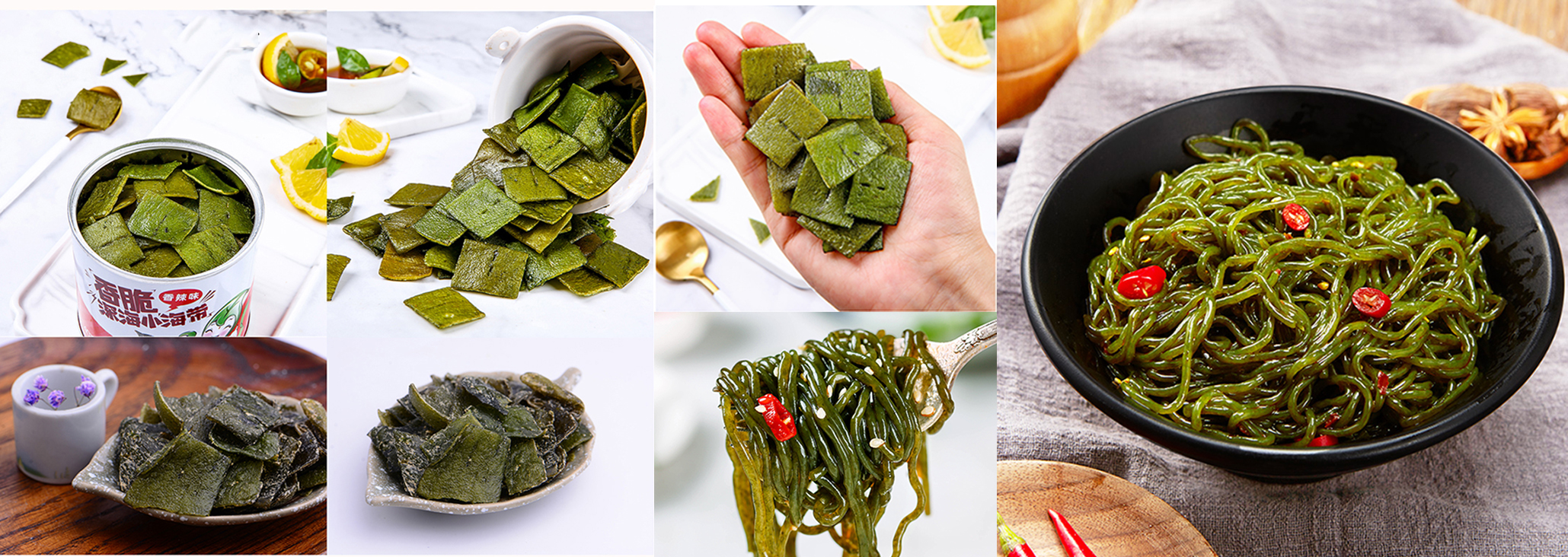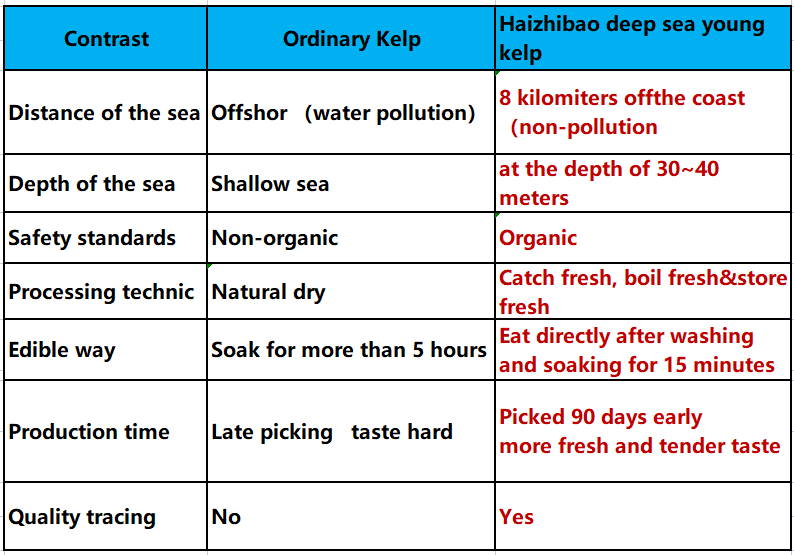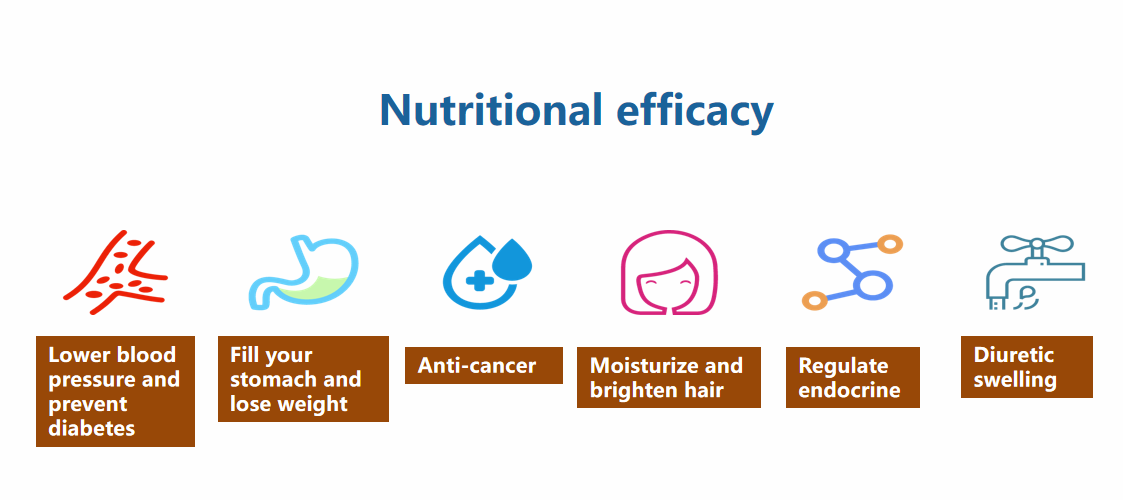Phalaenopsis breeding methods
First, sow breeding method This method can breed a large number of excellent seedlings, and it is not easy to transmit viruses and other diseases. It can also use hybrid methods to cultivate new varieties that are more excellent, novel, and more colorful. 1. Natural sowing method The seeds that have been released from the cracked pods are sown in the pots of the parent plants. This is due to the presence of commensal bacteria necessary for the germination of Phalaenopsis seeds in the plant material of the parent plants. The natural sowing method is simple and easy, without the need for complicated aseptic procedures and operating tools. It is suitable for the general family of phalaenopsis growers. However, this method has very little chance of success and is rarely used. 2. Aseptic seeding The method is to first wash the unopened mature pods, then immerse them in 75% to 90% ethanol or chloroform for 2 to 3 seconds, and immerse them in 5% to 10% bleach solution or 3% hydrogen peroxide for 5 to 20 minutes. minute. The seeds are removed and soaked in the same sterilized water for 5-20 minutes. The solution is then removed by filtration, the seeds are removed, and the seeds are evenly spread on the surface of the prepared medium in the bottle with a fine needle. The culture conditions were light intensity 2000 to 3000 lux, 10 to 18 hours per day, and the temperature was maintained at 20 to 26°C. After 9 to 10 months, the young seedlings grow 2 to 3 leaves and can be planted in pots. This method is a highly scientific work and is usually conducted in an organization training laboratory or in a large-scale, strictly managed tissue culture factory. Second, stalks germination method After many species of phalaenopsis are withered, the rooted seedlings can often grow on the internodes of the pedicels, and can be grown into a new phalaenopsis after cutting. Artificial priming can be used to ensure that the pedicels of Phalaenopsis grow pedicels for reproduction. The method is to first cut off the part of the pedicel that has been flowered, and then carefully remove the bracts between the first to third sections of the pedicel with a blade or sharp knife to expose the buds in the internodes; Hormone or stilbene and other hormones are evenly applied to the exposed internodes; after treatment, the blue plants are placed at the half shade, and the temperature is maintained at 25-28°C. After 2 to 3 weeks, the buds grow out of the leaves. After 3 months, it became a Phalaenopsis seedling with 3 to 4 leaves with aerial roots; cutting off the seedlings to form a new orchid plant. Three, broken heart germination method After a certain period of time, the Lanzhou strain will grow 1-2 buds from the stem section near the base of the plant due to damage to its growing point caused by frost damage, insect damage, disease, and human factors. You can use this feature to breed Phalaenopsis. The specific method of operation is: to remove the highest heart of the stem, pay attention to the destruction of the growth point of the shoot, so that it can not grow upward; the wound is dried or disinfected and sterilized with a bactericide, after a period of time can be near Two to three new shoots grow on the base of the stem; when the new shoots grow and a root system emerges from the base, it can be cut and planted separately to become a new plant. Fourth, cut stem propagation method The principle of the stem propagation method is to destroy the shoot tip growth point to induce latent bud growth. Phyllostachys pubescens plants have latent buds at 1 to 3, but they do not germinate. After the cultivars continue to grow upward and the stem sections are longer, the upper parts of the plants with roots are cut off with sterilized sharps or scissors, and the new pots are implanted to make them continue to grow. The lower part with roots is given proper water management. Soon sprouts 1 to 3 sprouts (depending on the character of the plant itself and its management method). If the stem length of the plant is longer, multiple segments may also be considered. As long as each segment has 2 to 3 nodes or 2 to 3 cm in length and more than one root, it is possible to grow into a new plant, but if the plant All of the roots and stems have died of dead, this method is invalid. V. Organizational culture By using tissue culture method to propagate Phalaenopsis, the same excellent genetic characteristics as the parent strain can be obtained. Phalaenopsis seedlings produced by this method are known as seedlings or tissue seedlings. The plant tissues (explants) used for the meristem culture may be apical buds (apical tips), stem segments (dormant buds), or young leaves or root tips, but the most common ones are those that use moth orchids. Pedicel. The use of pedicels as explants not only does not damage the plants, but also induces them easily. Older peduncles or flowering pedicels are mainly pedicellial buds, while young pedicels, in addition to peduncle buds, can also be used as a culture material. Six, family breeding methods Cut the pedicels on the peduncles after flowering and cut off the pedicels. Pay attention to keep the buds that have not germinated (approximately three or four knots). Carefully remove the bracts on the top one or two buds. Expose the buds so that the buds cannot be harmed. Take a small amount of germination evenly coated on the buds, if you can remove the wound after the sepals are also coated cover, the better. Put the treated orchid in a suitable place (can see the light without direct sunlight). The temperature should be maintained at 25 ~ 30 °C, humidity above 75%, 2 to 3 months to grow new seedlings. When the new seedling grows to a certain size, it is wrapped in a thin film sphagnum moss at its base. When the seedling grows two or three roots, it can be cut and planted alone.
Instant Kelp Series
The fast pace of life needs the adjustment of delicious taste. "Hai Zhi Bao" instant Kelp Crisps is the best choice undoubtedly. It is convenient to eat, healthy ,delicious and crispy like ships.It`s the best snacks when travel,hold parties and other good moments
The benefits of kelp include lowering blood pressure, preventing diabetes, anti-cancer properties, bone health, improved constipation, recovery from fatigue, healthy hair, dry skin and aid in weight loss
The difference between deep sea kelp and traditional ordinary kelp
Nutrational Effects
Instant Kelp Series,Dried Kelp Food,Alga Kelp,Vegan Seaweed Shandong Haizhibao Ocean Science and Technology Co.,Ltd. , https://www.haizhibaoseafood.com



